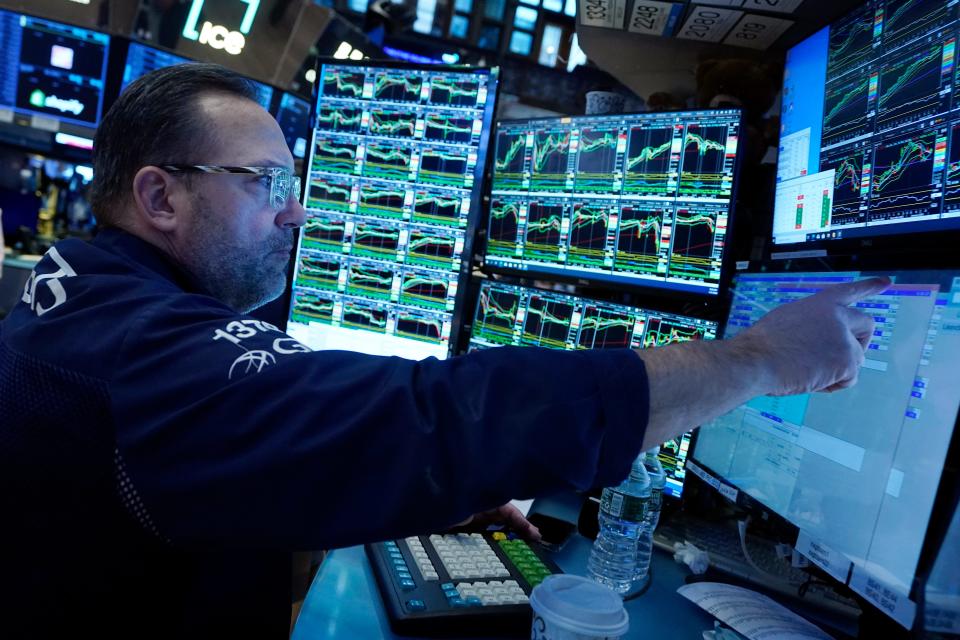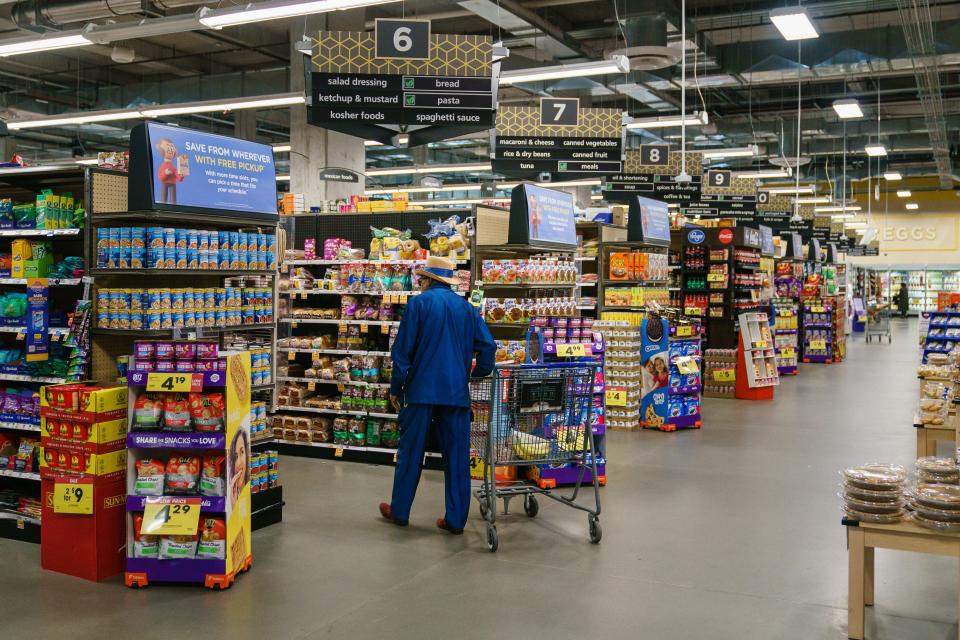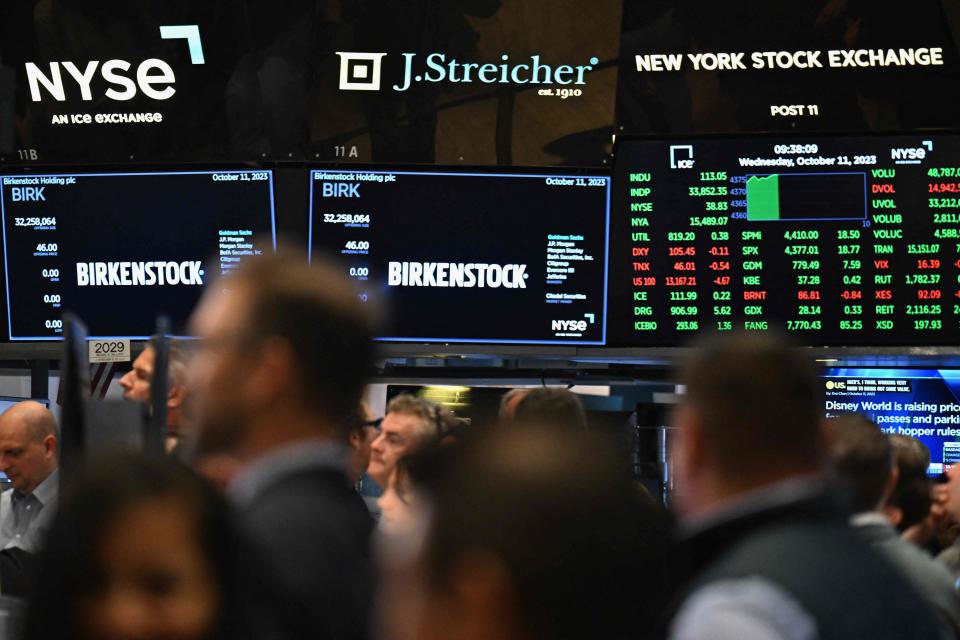How do you spot a bubble in the stock market? Here are 4 telltale signs.
When bubbles burst, they spell trouble for the stock market, which is why many investors have been watching the Wall Street surge of the past several months with concern.
"The question of whether stocks are in a bubble is a growing part of this year’s investment narrative," Nicholas Colas, co-founder of DataTrek Research, wrote in a recent commentary.
Bubbles that burst in past years such as 1987, 2000 and 2007 wiped out billions of dollars, and such market drops are tough to endure emotionally.
Is the stock market in a bubble?
Here are four factors or trends that could offer clues to whether a bubble is forming now:

1. The appetite for IPOs
An IPO is the process in which corporations sell stock to the public for the first time. IPOs typically don’t fare all that well during their first year or two as a public company, noted Colas. So when new stocks start streaking out of the gates, that can be a sign of danger for the broad stock market, he cautioned.
Colas cited the hot IPO market in 1999 as an example of what can go wrong. The companies going public that year, pumped up by exuberance over the young internet, saw their share prices jump 71% on average during the first day of trading. Plus, a lot of corporations were selling shares for the first time, with 476 IPOs that year. The stock market peaked a few months later, in March 2000.
A similar trend emerged during the bubble of 2020-2021, with average first-day gains of 42% and 32%, respectively, for IPOs during those years, according to Colas.
Some 311 IPOs launched in 2021, and the market peaked in January 2022 before sliding for the rest of the year.
Compared to those examples, “markets are still nowhere near bubble territory,” Colas said. “There were just 54 IPOs in 2023, and they averaged a first-day gain of just 12%.”

2. Blockbuster M&A deals
Another way to check for bubbles is to examine the pace of major mergers and acquisitions.
Colas cites AOL’s purchase of Time Warner for $182 billion in 2000 as a red flag that foreshadowed a steep market decline.
“This was easily the worst high-profile M&A deal of all time, made possible by AOL’s inflated valuation during the peak of the dot com bubble,” he said.
“Exceptionally bad deals happen at the top, even if at the time they seem quite sensible,” Colas said. They reflect overconfidence among corporate leaders.
“Just like retail investors chasing hot IPOs at a market peak, senior managers fall prey to the same overconfidence that the good times will last forever.”
Colas described current M&A activity as “only picking up now after a slow 2023 – a good sign that equity markets are not yet in bubble territory.”
Consumers are following Kroger's effort to buy Albertsons in a $24.6 billion transaction that would reshape the supermarket business. But in an email to The Arizona Republic, Colas indicated he didn’t see any current deals as troubling. Besides, that proposed merger now is facing lawsuits from the Federal Trade Commission and several states, so it's far from a done deal.
Stocks for 2024: Here are picks to consider
3. Excessive stock market gains
Any doubling in price could be a sign of speculative excess "because macro conditions are never so different that asset prices should rise 100% over a short period,” Colas explained.
As another rule of thumb helpful in identifying bubbles, Colas evaluates how quickly assets double in value over a short period. For example, increases in the S&P 500 stock-market index within three years or less can signal overvaluation. So too for the volatile Nasdaq Composite, with its many technology stocks, over any one year, he said.

Colas describes the Nasdaq Composite as the most speculative corner of the stock market right now. It's up roughly 43% over the past year but not yet close to doubling. The S&P 500 index has gained a more modest 32% or so over that span.
While Colas said these indicators don’t point to a bubble bursting anytime soon, more modest pullbacks are not only possible but routine.
The trend in profits
Investors ultimately buy stocks based on expectations that a company's financial condition will improve, typically focusing on profits. It's no coincidence that the economy is normally in a growth mode and that usually translates to rising earnings.
Now is no exception.
"In addition to the optimism around AI, a supporting pillar for the equity market’s recent strength has been a firming in corporate earnings," wrote John Lynch, chief investment officer at Comerica Wealth Management, in a recent report.
Companies included in the S&P 500 index boosted profits during the final three months of 2023 by an average of 4% – the second straight quarterly increase, he said.
Valuations such as price-earnings ratios have been rising, too, which is a possible cause for concern, but they haven't reached alarming levels.
Lynch adds another wrinkle to the mix that could bode well: When the stock market gets off to a strong start to the year, the momentum usually continues.
Since 1970, according to his analysis, when the S&P 500 gains ground in both January and February, stocks in the index logged an average return of 10.5% over the rest of the calendar year and 13.9% over the subsequent 12 months.
Reach the writer at russ.wiles@arizonarepublic.com.
This article originally appeared on Arizona Republic: Is the stock market in a bubble? 4 ways you can tell.

 money
money 